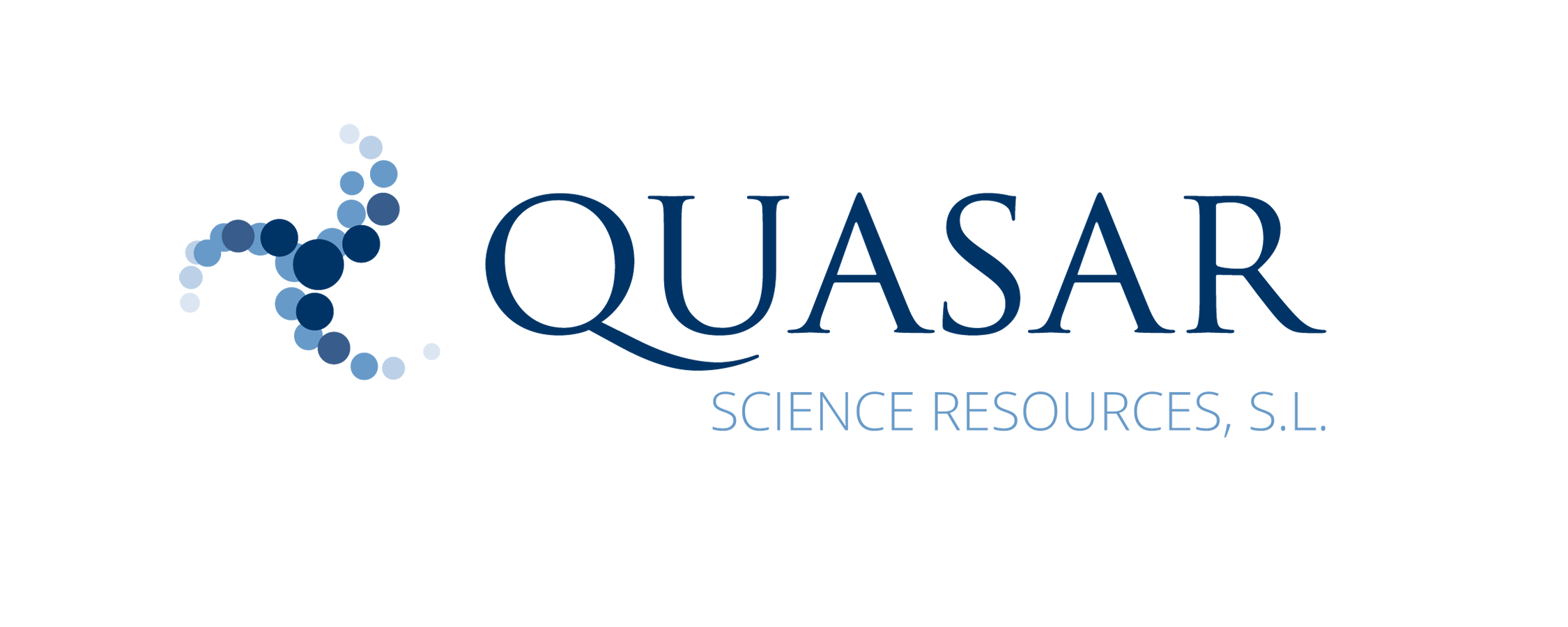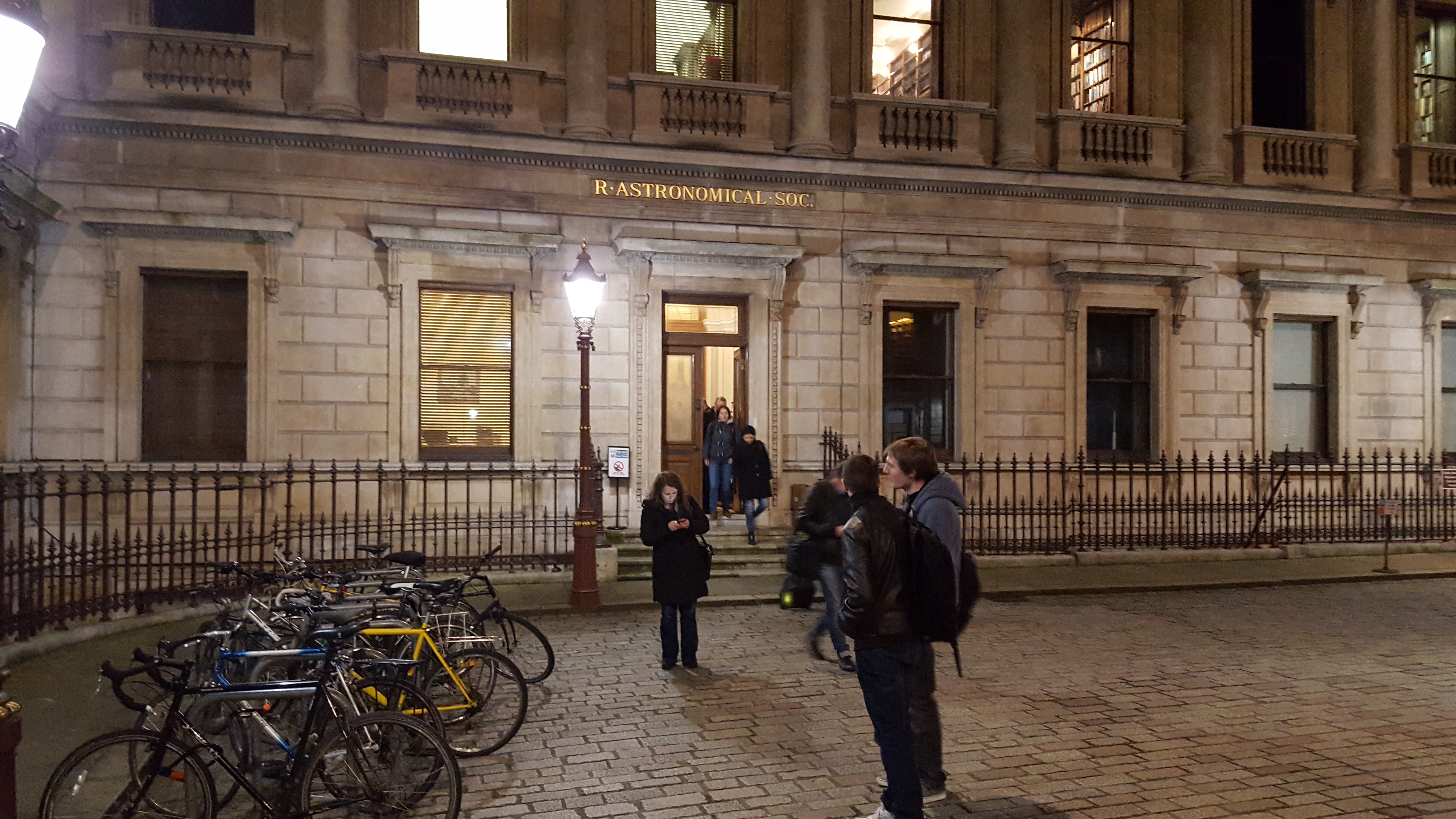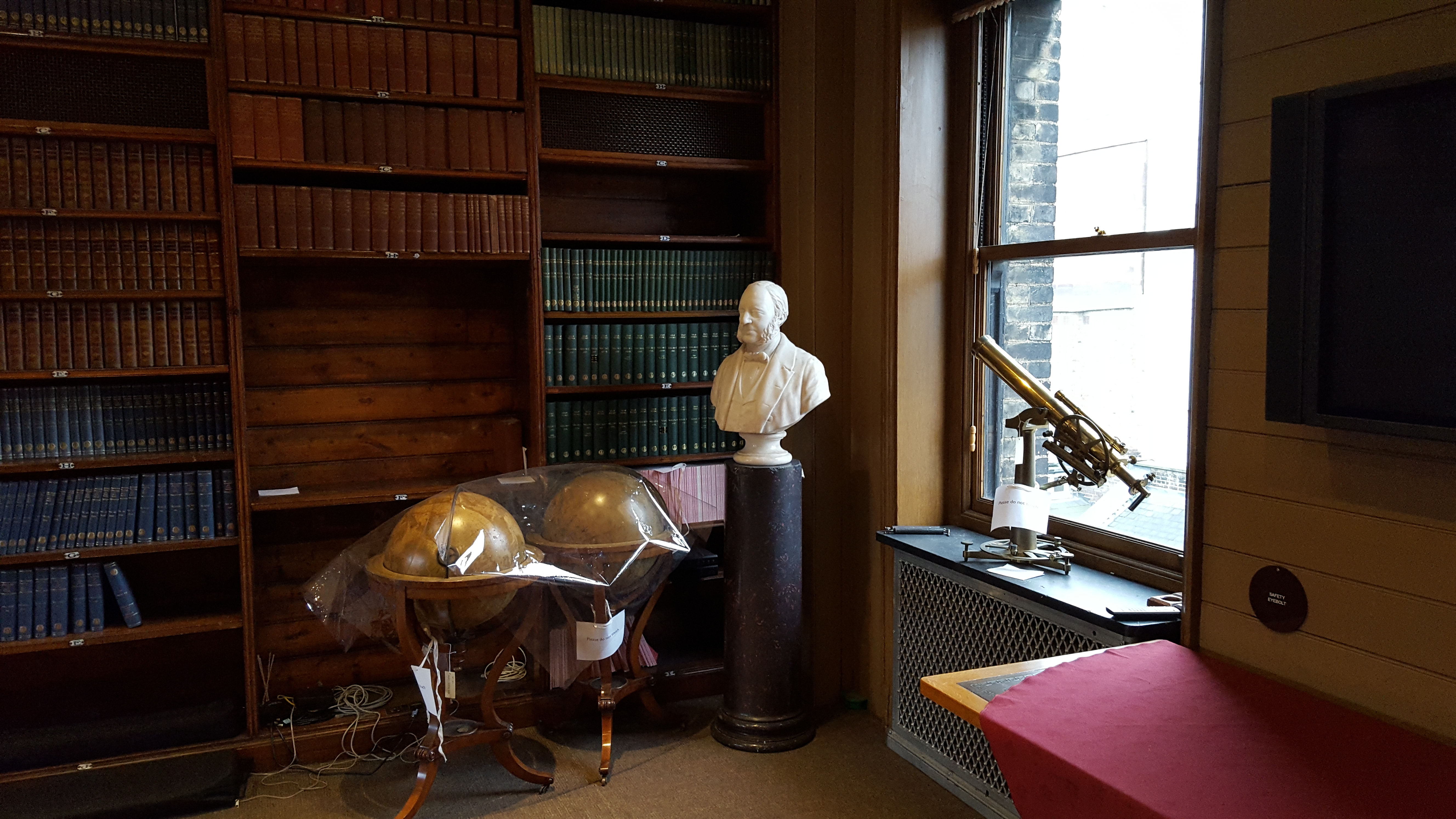The scientific work of the H2020 SFM project kicked off in London on the 4th and 5th of January 2017. The meeting took place at the Royal Astronomical Society in the William Herschel conference room. In a warm and collaborative atmosphere, the new team, made out of scientists and software engineers, got to know each other and disscused over two days the approach to be taken in order to push forward the project.
Quasar’s software engineers introduced the hardware and software infrastructure set in place to be used by the scientific members of the project in order to improve efficiency and productivity. Servers, networks virtual machines and monitoring tools are all in place and ready. The development of the client/server interface to access the GAIA and Herschel archives and visualisation tools has already started. Quasar showed at the meeting how the implementation intends to integrate the different aspects and elements of the project. Quasar will push the scientific team to start using the new infrastructure as soon as posible in order for Quasar to start installing the necessary scientific software tools for the project as well as to test and identify early potential issues or needs.
Quasar is in charge of organizing the next collaboration meeting. The meeting will be organized most likely in the town of El Escorial over the week of the 12th of June. Confirmation will come in the next few weeks. The meeting will consist of a 2 day collaboration meeting plus a 2 day scientific workshop where SFM members and local scientists in the field of star formation will meet to disscuss the status of the field. Quasar will also organize a public lecture with topic Gravitational Waves, where an ESA expert will be invited to introduce to the general public the European Space Agency (ESA) and the different ESA scientific missions with focus on Lisa Pathfinder, a Gravitational Waves experiment to test in flight the very concept of gravitational wave detection. Lisa Pathfinder will put two test masses in a near-perfect gravitational free-fall and control and measure their motion with unprecedented accuracy. LISA Pathfinder is an ESA mission, which also carries a NASA payload.




